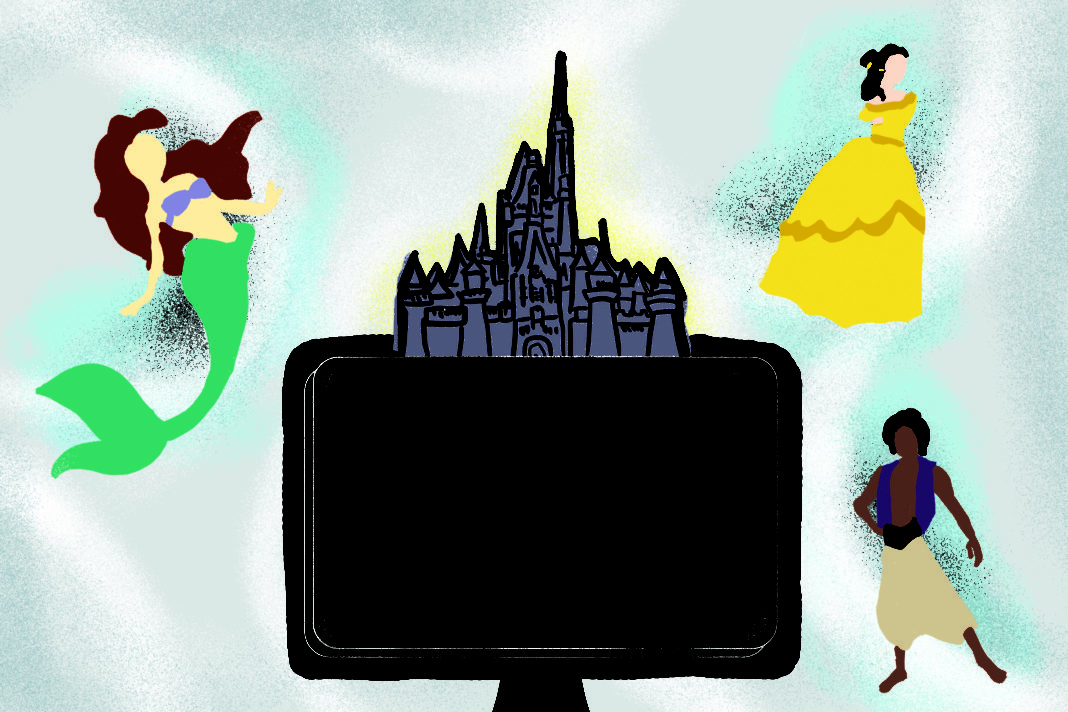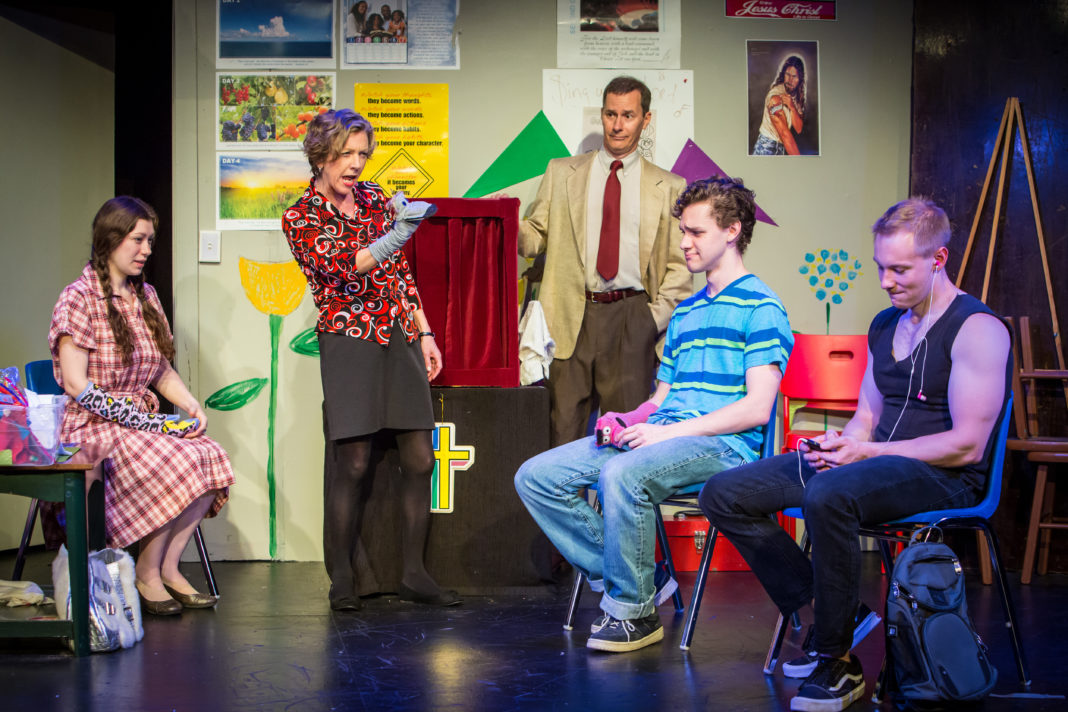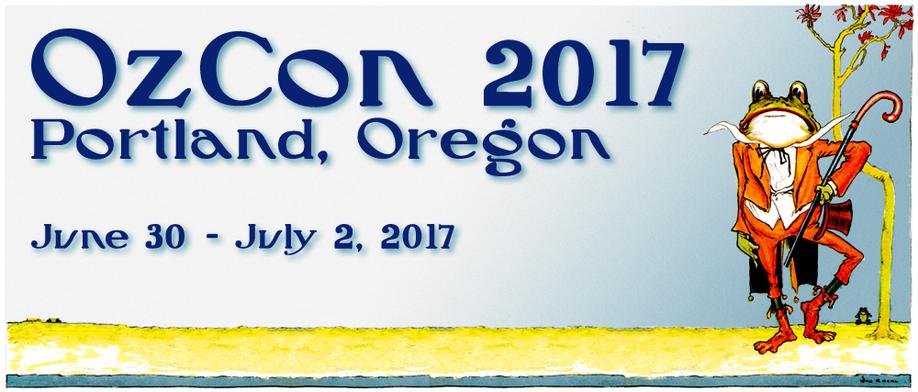As a current trend, Disney has been remaking its classic cartoons into live action movies. Starting with Tim Burton’s 2010 version of Alice in Wonderland, Disney marches forward with the recent popular remake of Beauty and the Beast with many more remakes in the works, including The Sword in the Stone, Aladdin, The Little Mermaid, and even one featuring Chernaborg—the obscure villain from “The Night on Bald Mountain” segment of Fantasia.
It’s plain to see why updated and fresh versions of these classic movies have gained such popularity. Younger audience members get the opportunity to discover these stories for the first time, while parents and adult viewers revisit characters and plots from their childhood in a new way.
However, when producers alter such treasured films, it’s also no surprise that strong reactions accompany the new film. In a recent interview with Vulture, President of Motion Picture Production at Walt Disney Studios Sean Bailey affirms, “people have an emotional connection to the other [Disney movies that were remade] and they know moments.” The article expounds on the fine line between reinventing the films, while still keeping important aspects and notions from the original intact.
Freshening up some elements while keeping in line with those treasured moments may not be enough to please longtime fans of the stories. The endeavor of going from animation to live action will inevitably leave many audience members disappointed.
In his graphic novel Understanding Comics, which discusses the art form of comics, Scott McCloud gives an explanation for why cartoons resonate with us to such a great extent, particularly as children. He writes that the simplified and abstracted portrayals of the characters allow viewers to identify with them.
“When two people interact, they usually look directly at one another, seeing their partner’s features in vivid detail,” McCloud said. “Thus, when you look at a photo or realistic drawing of a face, you see it as the face of another. But when you enter the world of the cartoon, you see yourself.”
When Disney takes these cartoons and portrays them as actual people, that sense of identifying with the character is lessened. In addition, these cartoons have become more than just characters to viewers. There is an element of one’s own identity attached to them. This may account for the strong reactions expressed after casting announcements.
In the past few months, I’ve seen a myriad of reactions to casting decisions of the upcoming remake of Aladdin. Everyone seemed to have a different opinion of who would be the perfect actor for the main role. Internet monologues made apparent the reverence fans have for these characters, who wanted to see the remake do the characters and stories justice.
But is this possible? I don’t think so. Audiences met the recent Beauty and the Beast remake with fairly positive responses. Yet, it was surrounded by controversy throughout the production process.
The new film will never live up to everyone’s expectations; it has too big of shoes to fill. A classic Disney movie possesses a sort of sacred element to those who grew up with it. We may enjoy the excitement and hype of a new take on it, but it won’t be the same as we remember.






